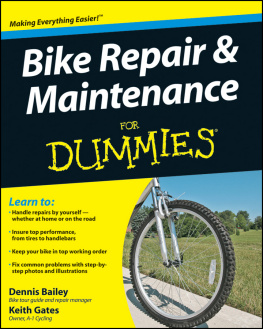
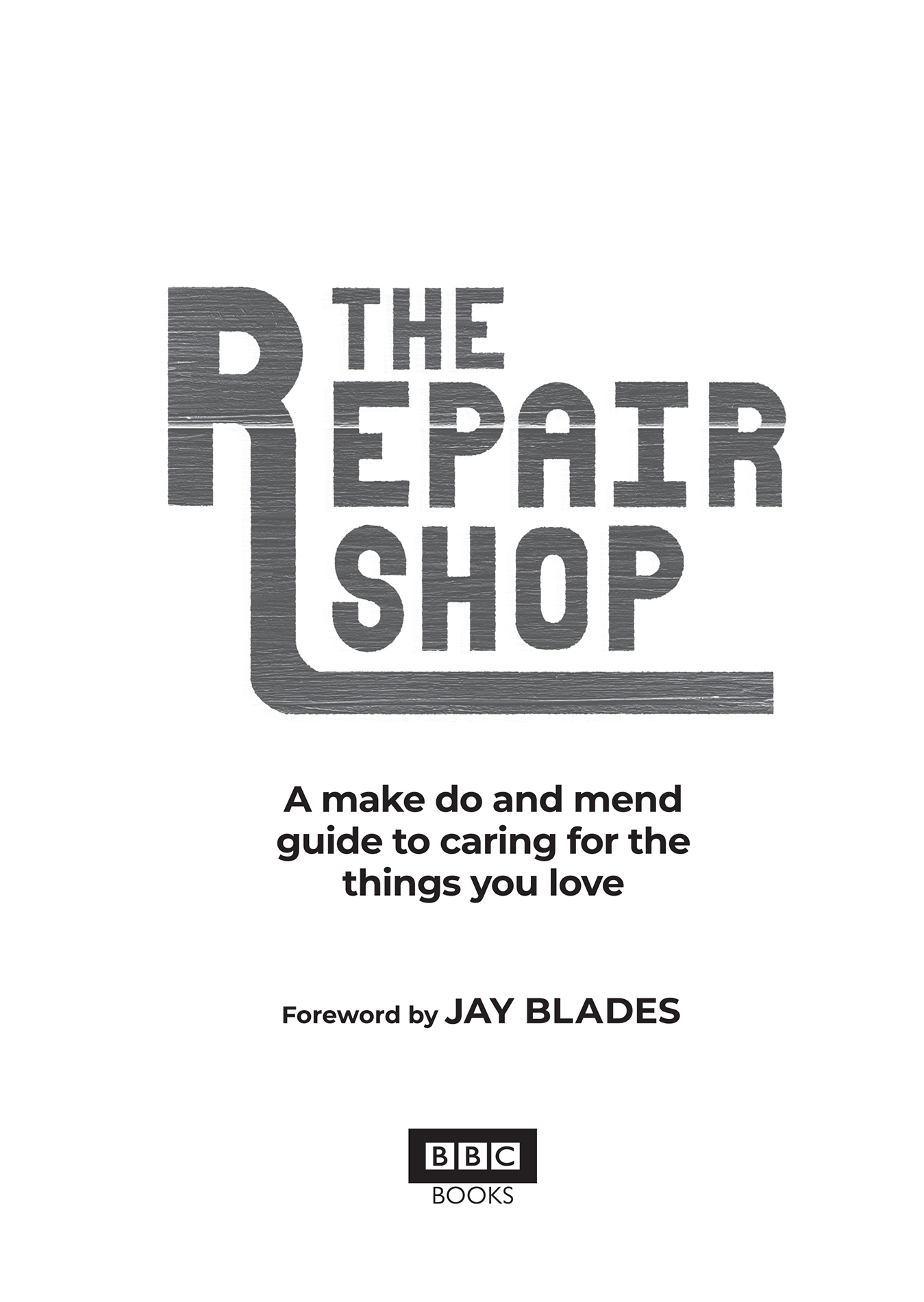
CONTENTS
ABOUT THE AUTHOR
Karen Farrington is an author, ghost-writer, editor and researcher for a range of leading UK publishers. She has written more than 40 books, including the Springwatch Almanac, The Ambridge Chronicles, and Great Lives, as well as for national magazines and newspapers.
FOREWORD
BY JAY BLADES
Everybody has something that means too much to be thrown away. Thats where we come in.
In the modern era it has too often been a case of Out with the old, in with the new. As life moves fast, so do broken objects in this throwaway society directly to recycling centres as it seems easier to toss them out rather than resurrect or rejuvenate them. The days of tinkering with things that are failing or fractured are long gone.
People are daunted, probably feeling that they dont have the necessary know-how these days as old-style crafts, once handed down the generations, are being lost for the sake of hectic diaries and cheap retail.
Thats where The Repair Shop comes in, with its resident experts ready and willing to take on the heavy lifting.
Behind the closed doors of The Repair Shop the rapid pace of todays living is forgotten as conservators and restorers become absorbed in their tasks, happy to spend hours and days questing for a flawless outcome on a single item.
Furniture restorer William Kirk calls it the workshop of dreams, and not just because people who visit see hoped-for transformations in well-loved belongings. He and the rest of the experts are also living the dream, fixing a vast range of artefacts that might not otherwise come to their work benches.
As soon as their eyes lock on to a new project, their minds start racing about how best to achieve the right results. It turns out their single-minded attentiveness and nimble fingers are spellbinding for viewers, who are gripped by techniques and tips.
And the tale behind each item is just as compelling as the conservation or restoration process. Every story takes us at The Repair Shop on a sentimental journey so engrossing we forget the presence of nearby cameras and crew as it unfolds.
Critically, the team arent refurbishing antique investments so the owners can cash in, but are putting a piece of family history back into place, priceless in a different way and making an emotional return rather than a financial one.
Although they are all masters at their chosen skill, everyone is keen to consult and collaborate on projects, to embrace new or adapted methods that will work with old items. Every day is an education and, as I tell them, if you arent learning anything, well, what are you doing? You may as well be pushing up the daisies.
This book is designed for people who dont have years of experience behind them like The Repair Shop experts, but might share some of the same goals: to retrieve objects from dusty boxes, restore them to a former glory and safeguard them as a legacy to pass on to future generations. For those who want to step off the treadmill for a moment and spend a few hours of tranquillity with some much-loved ancestral item, this is the handbook that can make it happen.
Jay
INTRODUCTION
In our youth we take evidence of the quirky and the classical parked on the landing or lining the shelves very much for granted. But by degrees we lose sight of an aged desk that we knew from childhood, and the worn chair that once stood plush and proud by the door.
Computers have usurped typewriters, which themselves replaced fountain pens and the writing slopes that used to accompany them. Gramophones, radios and even jukeboxes have surrendered to mobile phones. Metal and wooden toys have long since made way for plastic counterparts. Clocks have gone digital.
Its impossible to halt progress and no one wants to stop innovation. But while shiny, modern objects churned out in distant factories by the thousand have their place in todays homes, they dont command the same deep-seated affection as something once cradled by a grandparent, evoking as that does a misty memory of childhood. Years later those once familiar items provide a bridge between generations now gone and those still unborn, who will one day inherit this familys mantelpiece treasure.
Happily, we are a nation of hoarders. Rather than ditching chipped china, perforated pictures or stopped clocks, we tend to stash them in our lofts, with every good intention to one day bring those articles that mean so much back to their former glory.
Inside the open doors of The Repair Shop the air is filled with a symphony of hammering, drilling and the clatter of tools. Heres where experts with those bygone talents in crafts and conservation have gathered to fix neglected heirlooms so that they might be saved for future generations.
Theres rarely an idle moment as exceptional craftspeople pore over items that havent been at their best for decades. Their aim is not to spruce up an object so it gets the best price at auction, as no monetary value can be put upon the sentimental journey that the sight, sound or smell of a cherished possession will induce. Everyones focus is to get it back in pride of place in a family home. Its a place where nostalgia never gets old.
Between them The Repair Shop experts took widower Albert Thompson on a poignant trip down memory lane when they repaired his GEC portable transistor radio, bought for 50 shillings, when he was aged just 22, with his wife-to-be Eileen in the fifties. Afterwards, the radio went everywhere with them before it became a fixture of family life. When it stopped working for the first time, a repairer replaced the faulty buttons with the rounded ends of toothbrushes. This time it stopped on the second anniversary of Eileens death and the problems were far more technical. Nonetheless, Albert insisted he didnt want to discard the radio, despite a range of replacements now available, but needed it back in his greenhouse for peace of mind. After spending some time locating what turned out to be several major faults, radio expert Mark Stuckey sorted out the circuitry. Suzie Fletcher fitted a new handle around the old one, Jay Blades helped her clean the case while Steve Fletcher made a new dial from a clear plastic lid, a spare brass component and the bottom of a lamp stand. Albert returned to hear music beaming from the radio, the soft serenade at a pitch evocating all the best memories of his life and love.
Other items brought into The Repair Shop have a role to play in international history as well as being a pivotal part of a family story. Natalie Cummings brought along a violin in pieces, bearing a crude repair on one shoulder. The instrument had belong to an aunt, Rosa Levinsky who took it with her when she left her home in Leeds in the mid-thirties after she was invited to play in the Berlin Philharmonic. However, Russian-born Rosa was soon swept up in the turmoil of the times. As a Jew, she was first sent to Mauthausen concentration, then to Auschwitz. She spent the rest of the Second World War in the notorious death camp as part of the womens orchestra, playing to entertain guards and to distract doomed arrivals. Although orchestra members like herself escaped the gas chambers she was nonetheless kept short of food and clothing.
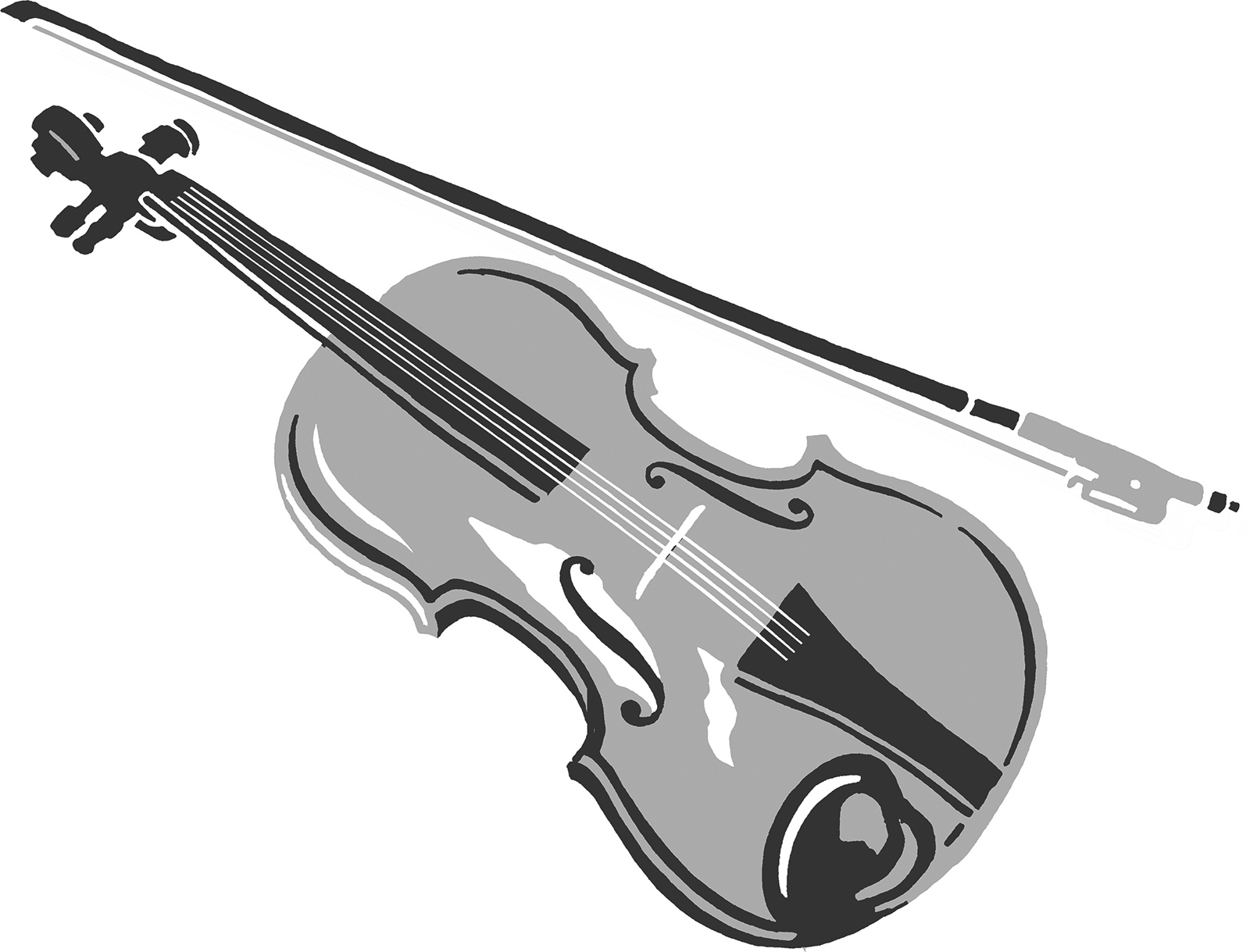 Next page
Next page
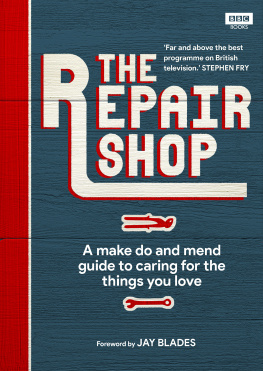
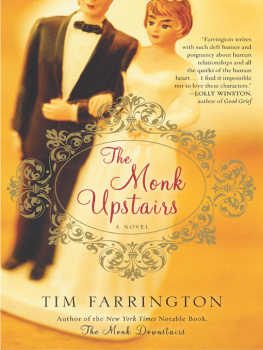
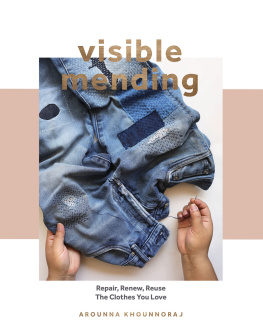
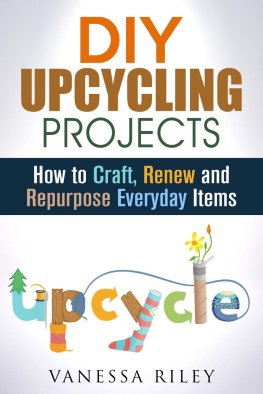

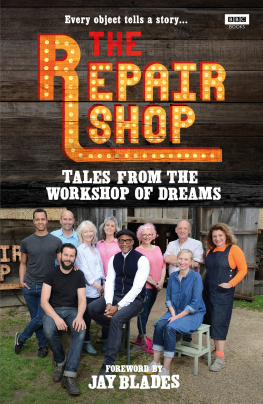
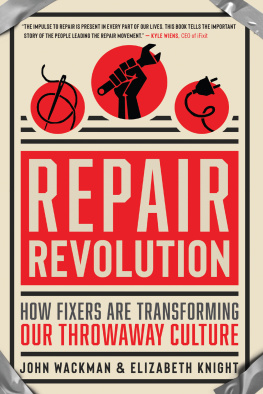
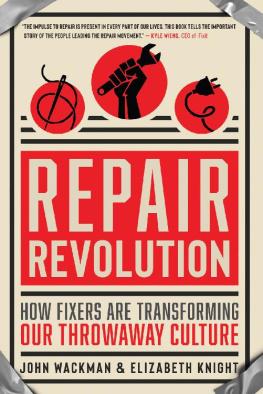
![Shanks - Essential bicycle maintenance & repair: [step-by-step instructions to maintain and repair your road bike]](/uploads/posts/book/235248/thumbs/shanks-essential-bicycle-maintenance-repair.jpg)
